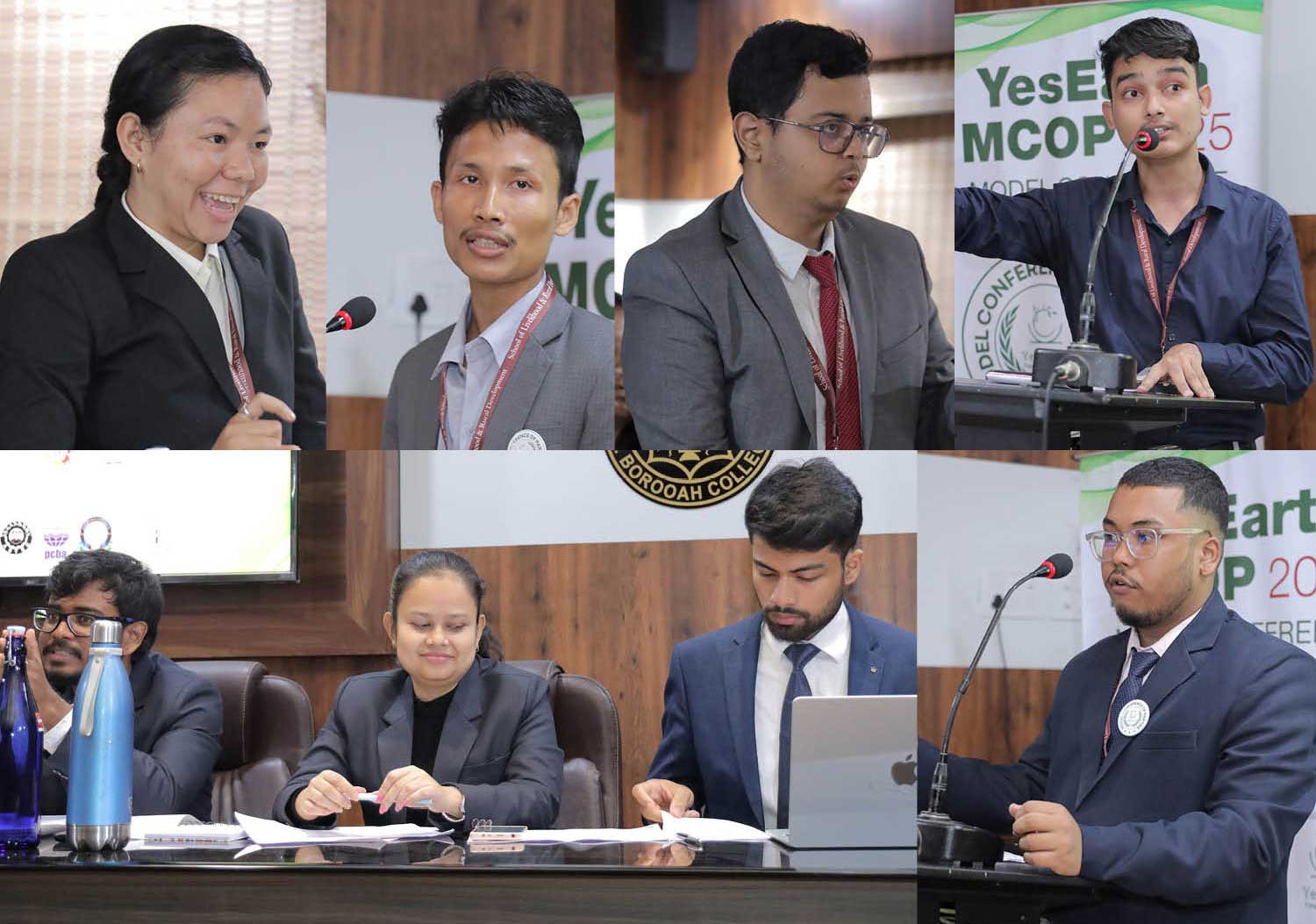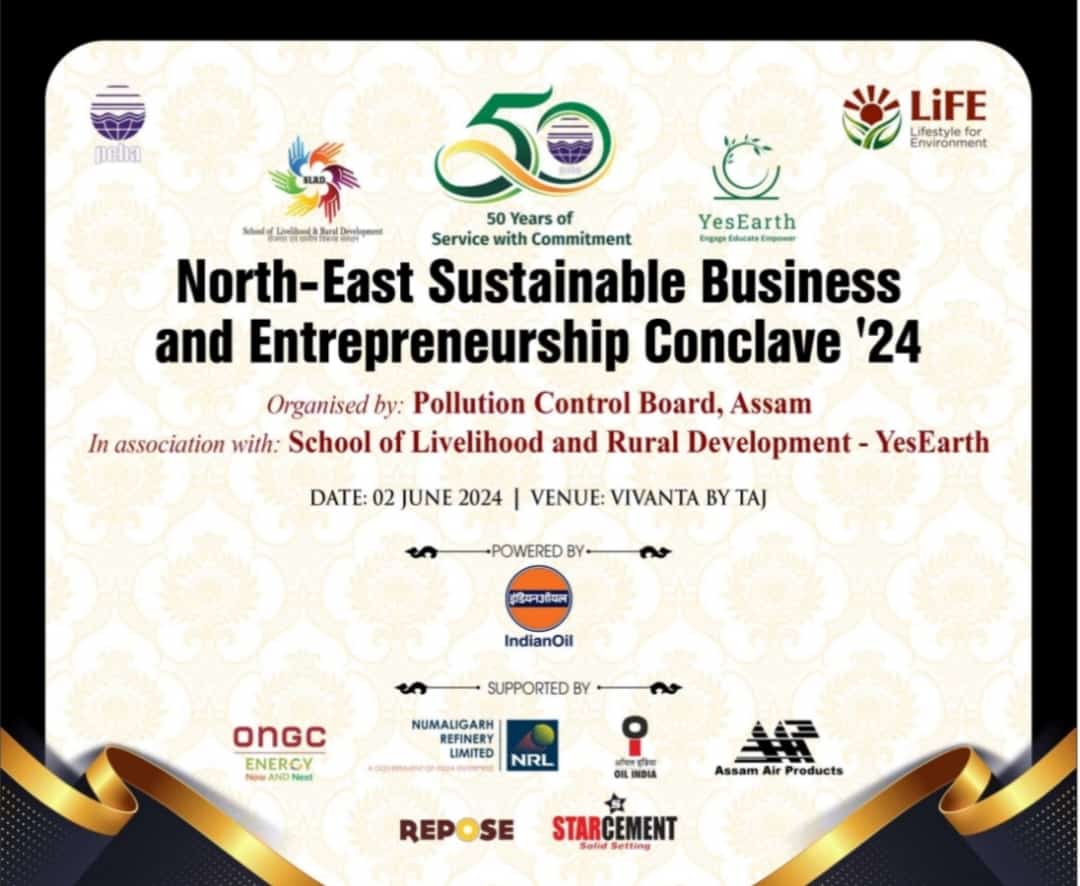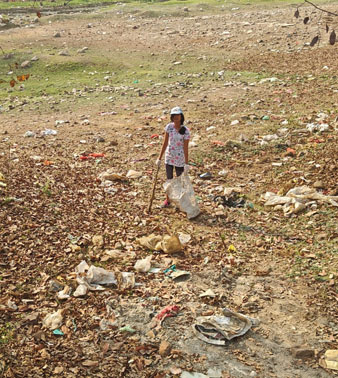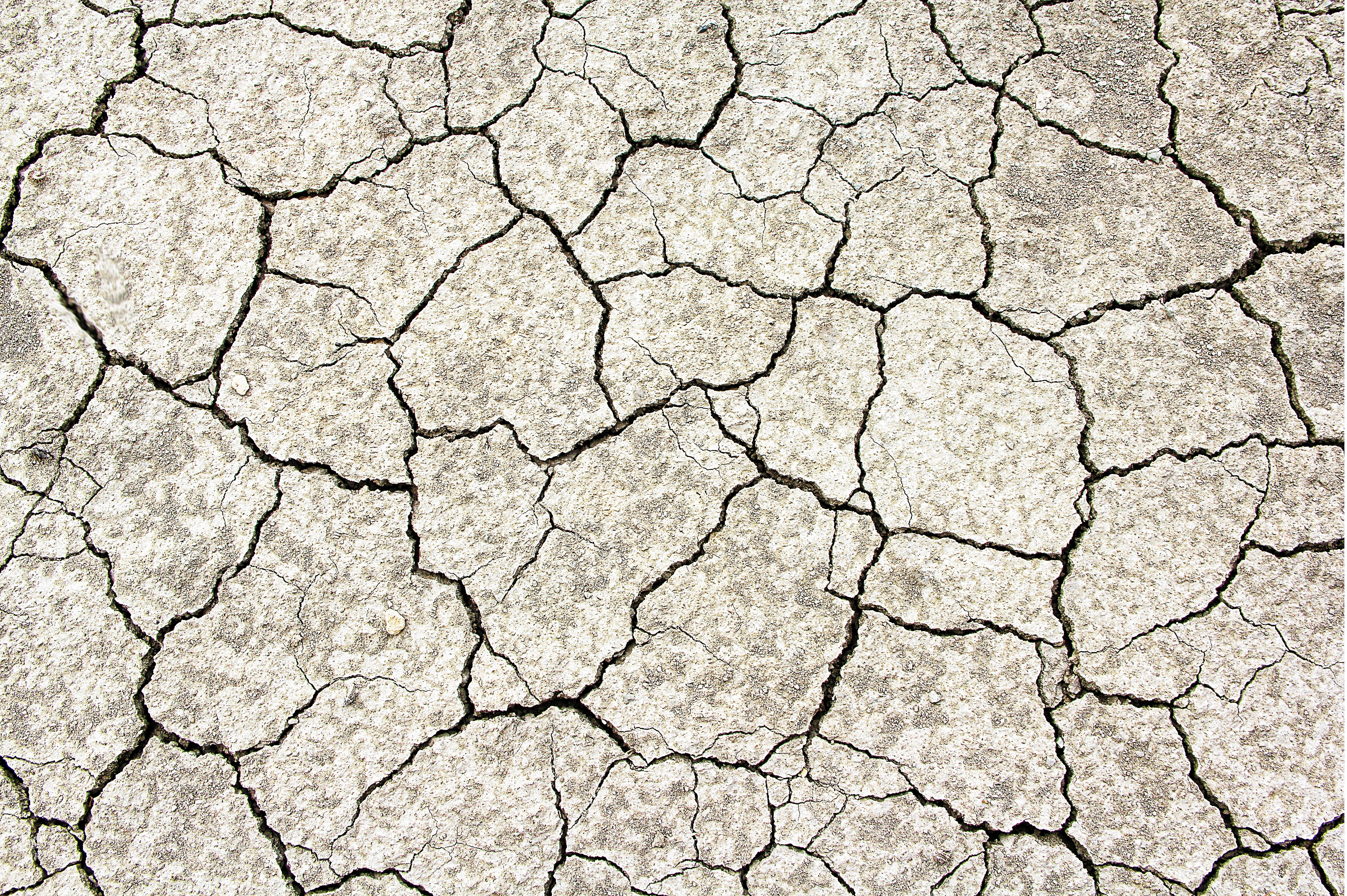Unmasking India’s Environmental Chameleon: The Battle Against Desertification
By Rajath Ellur, Research Scholar, Soil Science and Agricultural Chemistry, UAS, GKVK, Bangalore, India
Unmasking the Chameleon: Desertification’s Stealthy March
India’s environmental landscape is a canvas painted with diverse challenges, each deserving of attention. However, amidst this kaleidoscope of issues, there exists a silent but chameleonic crisis that often evades the spotlight – desertification. This environmental chameleon quietly but relentlessly transforms lush landscapes into arid desolation, affecting over a quarter of India’s land. Though its severity is second to none, this crisis hides in plain sight, begging for a closer look. In India, nearly 30% of the land is currently in various stages of desertification, posing a substantial threat to the nation’s ecological well-being. So, let’s embark on a journey to explore the intricacies of desertification in India – its enigmatic origins, far-reaching repercussions, and the innovative warfare being waged against it.
The Shape-Shifting Culprits
Desertification is the ultimate environmental illusionist, gradually turning bountiful soil into barren deserts. This transformation is orchestrated by a symphony of factors, including climate change, deforestation, overgrazing, and unsustainable agricultural practices.
Climate Change and Drought: The climate change culprit is like a skilled magician creating the illusion of drought. Rising temperatures and erratic rainfall patterns weaken the land’s ability to sustain life. For a country where agriculture is the lifeblood of a significant population, this predicament sets off a vicious cycle of land degradation, echoing far and wide.
Deforestation Drama: Enter the villainous deforestation. It’s the grand stage where the protective tree cover, responsible for preserving soil moisture and integrity, vanishes. Without this guardian, the soil becomes defenseless, subject to erosion, losing its fertility. This act doesn’t just accelerate desertification; it threatens the harmony of biodiversity as habitats crumble.
The Livestock Marauders: Another character in this ecological thriller is overgrazing by livestock. These ravenous herds trample the land and consume the vegetation, leaving the soil exposed to wind and water erosion. The outcome is a scarred landscape, struggling to rejuvenate. For the rural communities depending on agriculture and livestock, it’s a dire twist of fate, forcing many to seek refuge elsewhere.
Agriculture’s Silent Aggressor: Unsustainable agricultural practices take center stage, featuring monoculture farming, excessive irrigation, and inadequate soil management. These practices strip the soil of its nutrients, making it more susceptible to desertification. Heavy doses of pesticides and chemical fertilizers, hallmarks of modern agriculture, further worsen the situation. It’s a high-yield pursuit that seems to overlook the soil’s long-term health.
Unveiling the Chameleon’s Repercussions
The consequences of desertification are profound, impacting every facet of life in the affected regions:
Loss of Arable Land: What was once fertile soil now mirrors a barren wasteland. Agriculture becomes impractical, leading to severe food insecurity for communities that rely on this land for sustenance.
Human Exodus: The unfolding environmental tragedy compels people to abandon their homes in search of greener pastures. Urban areas, already teeming, face added pressure as migration swells, fueling the relentless march of urbanization.
Biodiversity’s Lament: Desertification disturbs ecosystems, unraveling the delicate tapestry of biodiversity. Countless plant and animal species teeter on the edge of extinction as their homes wither away.
The Thirst for Water: Diminished soil quality reduces the land’s water-retaining capacity, leading to water scarcity in affected areas. For communities already grappling with hardships, this is the last straw.
India’s Innovative Battle
In the face of this ecological chameleon, India is not playing coy. The country has taken proactive measures to counter desertification with an arsenal of innovative strategies:
The Green Guardians: Afforestation and reforestation initiatives have sprouted across the nation. These green warriors restore soil quality, prevent erosion, and create verdant oases. Programs like the Green India Mission aim to expand forest and tree cover, rejuvenating ecosystems.
Watershed Wizards: Watershed management, often uncelebrated heroes, enhance water availability and quality in affected regions. Their arsenal includes check dams, soil moisture conservation, and rainwater harvesting techniques.
Championing Sustainable Agriculture: India champions sustainable agricultural practices to preserve soil health. Initiatives promoting organic farming, crop rotation, and efficient irrigation practices take center stage in this crusade.
Community Mobilization: Communities are invited to join the ranks of protectors, actively managing their land. Programs like the Mahatma Gandhi National Rural Employment Guarantee Act (MGNREGA) prioritize water conservation and land development, engaging local communities.
The Knowledge Revolution: Ongoing research helps unravel the mysteries of desertification. Simultaneously, educational and awareness campaigns inform the public and policymakers, highlighting the gravity of the issue and the need for swift action.
Innovation as the Secret Weapon
In conclusion, India’s battle against desertification is a quest marked by urgency and innovation. With climate change acting as the wind beneath the chameleon’s wings, persistence in combating this silent crisis is paramount. Promotion of sustainable land management practices, innovative afforestation, and active community participation is our path to a prosperous, harmonious future. This battle is not merely environmental; it’s a struggle for food security, biodiversity preservation, and the livelihoods of millions. Let’s unmask this silent chameleon and give it the attention it rightfully deserves. The fate of our land and the well-being of our people hang in the balance, and innovation is the secret weapon we need to win this battle.











